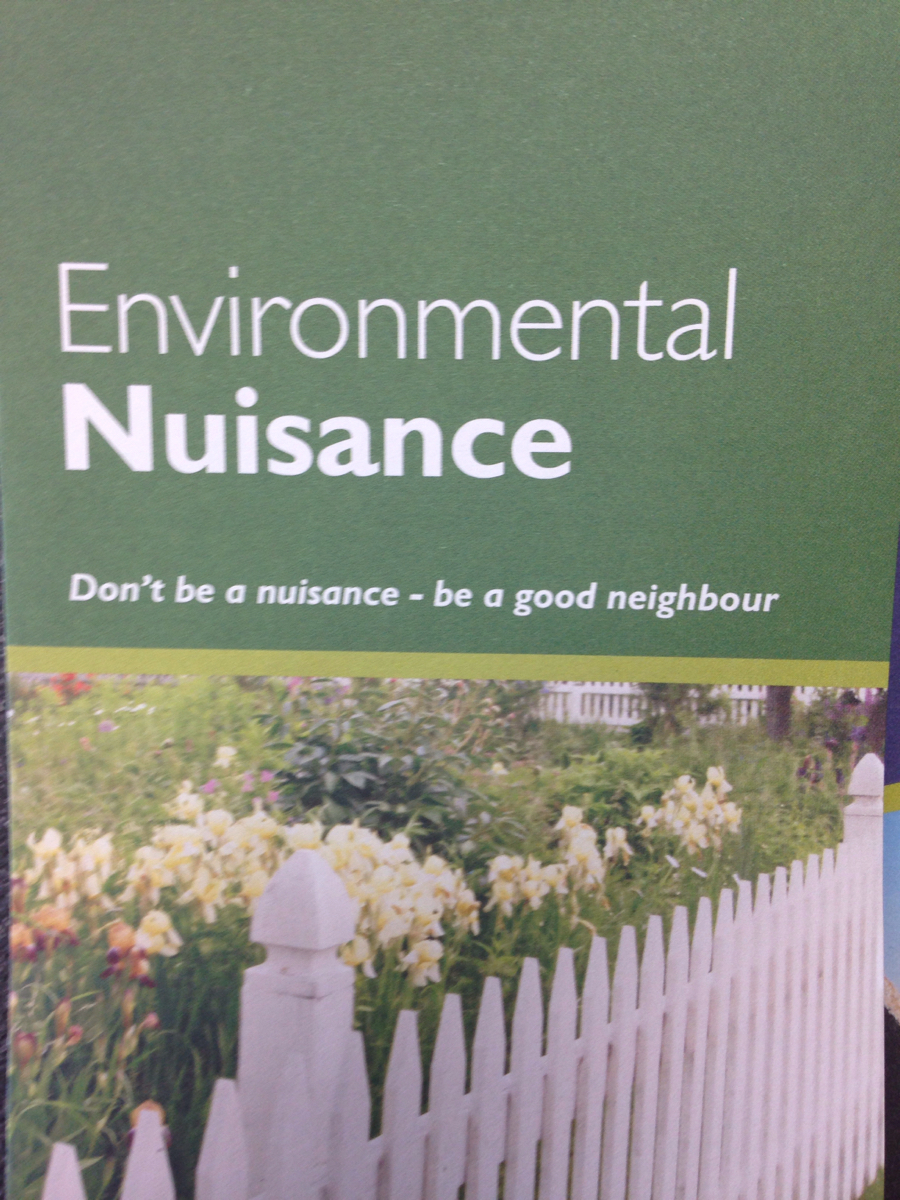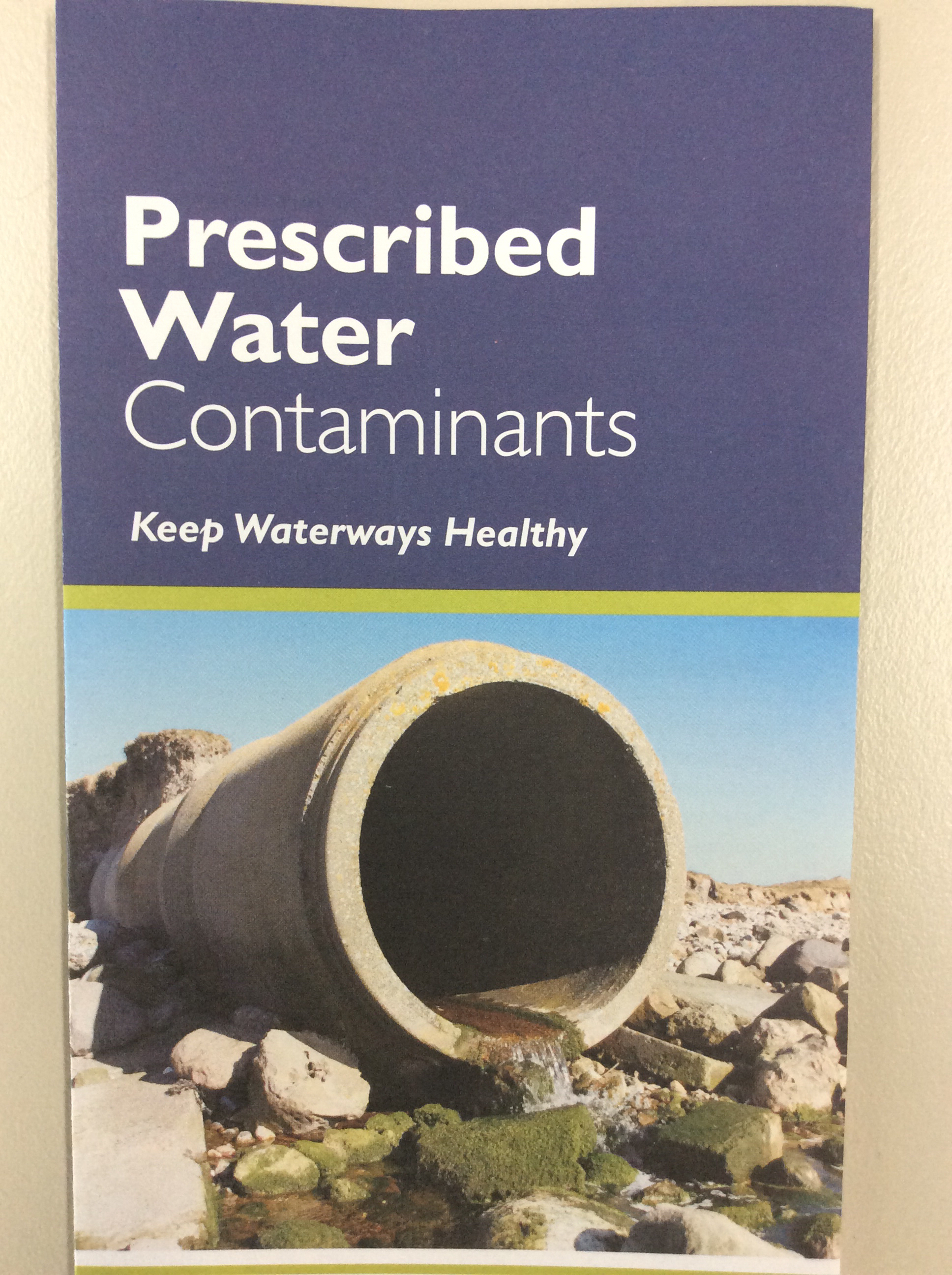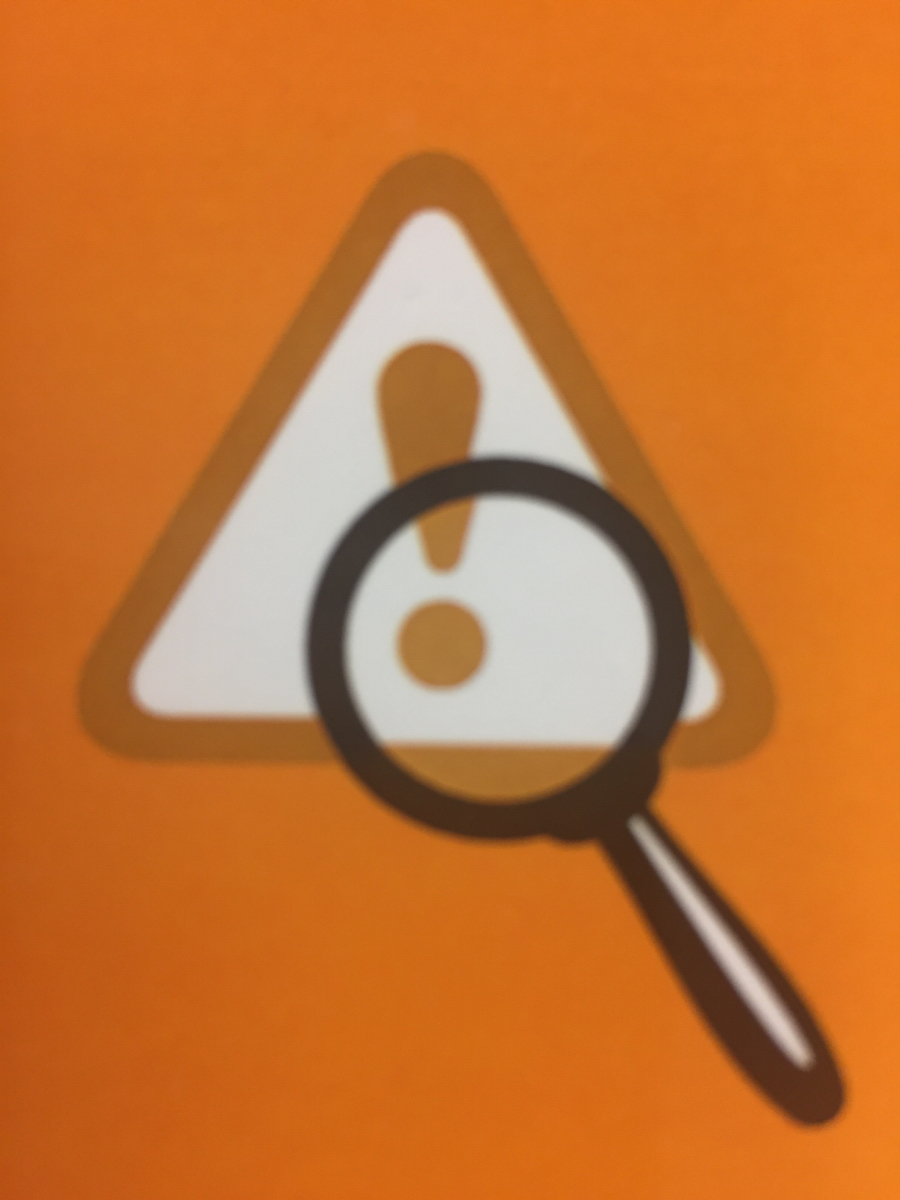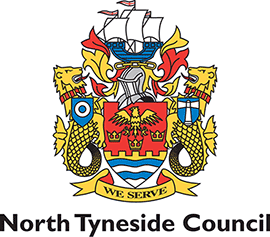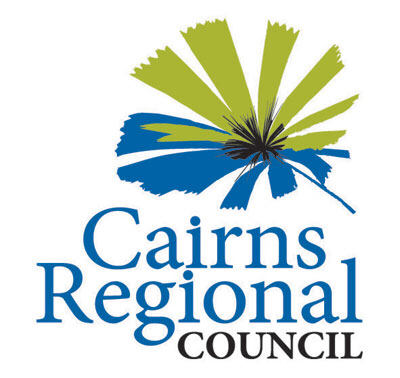Title Page
-
CRM Number
-
Customers name
-
Customers address
-
Received on
-
Inspected on
-
Prepared by Regulatory Compliance Unit, Cairns Regional Council
-
Investigating Officer
- Ben Newman
- Brian Nesbit
- Chris Remedio
- Kelly Barnes
- Michelle Thorley
- Mark Stevens
Explanatory Notes
-
Select help topic
-
Environmental Protection Act 1994
http://www.legislation.qld.gov.au/Acts_SLs/Acts_SL_E.htm -
Environmental nuisance - an unreasonable interference or likely interference with an environmental value caused by -
(a) aerosols, fumes, light, noise, odour, particles or smoke; or
(b) an unhealthy, offensive or unsightly condition because of contamination; or
(c) another way prescribed by legislation -
Section 440
(1) a person must not wilfully and unlawfully cause an environmental nuisance
Maximum penalty - 1665 penalty units
(2) A person must not unlawfully cause an environmental nuisance
Maximum penalty - 600 penalty units
(3) This section does not apply to an environmental nuisance mentioned in schedule 1, part 1
(4) In a proceeding for an offence against subsection (1), if the court is not satisfied the defendant is guilty of the offence charged but is satisfied the defendant is guilty of an offence against subsection (2), the court may find the defendant guilty of the offence against subsection (2) -
Non - domestic animal noise
Particular cooking odours -
A cooking odour from cooking carried out on land on which a class 1, 2 or 3 building
under the Building Code of Australia is constructed
Safety and transport noise -
Traffic signals
Railway crossings
Operation of a ship
Aircraft movement
Ordinary use of public or state controlled road
Noise from busway, light rail, or rail transport infrastructure
Government activities and public infrastructure
Nuisance regulated by other laws -
Act or omission of local law
Act or omission approved under local law
Noise relating to Police Powers and Responsibilities Act 2000
Emission contained to workplace -QWHS
A public health risk defined by Public Health Act 2005
Development under Sustainable a planning Act 2009 that approves the nuisance
Fireworks - Explosives Act 1999
Smoking -Tobacco and other smoking products Act 1998
Noise from special event -Major Sports Facilities Act 2001
Approved compliance program - Transport Infrastructure Act 1974 -
Section 106 Environmental Protection Regulations 1998
(a) A thing that is, or is claimed to have been, done, or emitted to be done, by a State or local government entity; or
(b) an environmentally relevant activity that is not devolved to a local government
Location of Emission
-
Address
-
Business Name (if applicable)
-
Contact persons mame
-
Position of person
- Owner (House)
- Tenant
- Business (Owner)
- Director
- Manager
- Builder
- Building Supervisor
- Contractor
- Staff Member
- Other
-
Enter position description
-
Contact number
Emission Details
-
Type of emission
- Aerosols
- Fumes
- Light
- Odour
- Particles or smoke
-
Select type of odour
- Animal carcass
- Chemical
- Rubbish
- Smoke
- Vegetation (compost, mulch)
- Water body (stagnant pool, pond)
- Other
-
Please specify
-
Select type of aerosol
-
Select type of fumes
- Chemical
- Engine exhaust
- Fibreglassing
- Fuel
- Gas
- Other
- Paint
- Solvent
- Spray painting
- Welding
-
Please specify
-
Select type of light
- Garden light
- Illuminated sign
- Ornamental light
- Security light
- Spotlight
- other
-
Please specify
-
Select type of particles or smoke
- Combustible heater
- Concrete dust
- Dust -building site
- Dust -subdivision
- Motor vehicle exhaust
- Mulch
- Open fire
- Pizza oven
- Saw dust
- Other
-
Please specify
-
Briefly describe the activity generating the emission
Evidence
-
Inspection photo's
-
Add media
Assessment
-
Has the emission caused or has the potential to cause an unreasonable interference with an environmental value ? (i.e. air quality, amenity, water quality, soil quality)
-
Enter reason why environmental nuisance could not be determined
-
Is further investigation required ?
-
Create a follow up inspection or save audit and complete when further information obtained
-
Proceed to Outcome
-
Proceed to Outcome
Section 363C - General Emission Criteria
-
Emissions characteristics or qualities
-
Emissions amount or rate
-
What time of the day did or does the emission occur ?<br><br>
-
Please specify
-
Enter specific date and time if known
-
Additional Information
-
Describe the frequency of the emission
- Daily
- Irregular
- Occasionally
- Once
- Regularly
- other
-
Additional information
-
Is the emission fluctuating or continuous ?
-
Characteristics and qualities of receiving environment Select land use
- Residential
- Commercial
- Industrial
- Community
- Rural
- Low density residential
- Sport and recreation
- Open space
- Conservation
- Council government
-
Additional information
-
Views of the affected person
-
Order of occupancy
Compliance
-
Has the polluter taken all reasonable and practicable measures to control the emissions ?
-
Enter the reason why you entered undetermined
-
Is further investigation required ?
-
Create a follow up inspection or save audit and complete when further information obtained
-
Proceed to Outcome
-
Proceed to Outcome
-
Action Required
- Direction Notice
- Environmental Protection Order
- Penalty Infringement Notice
- Warning- Verbal
- Warning - Written
- No Further Action Required
-
Enter reason why no further action required
-
Proceed to Outcome
-
Create notice in DM5 and proceed to Outcome
-
Create notice in DM5 and proceed to Outcome
-
Generate PIN and proceed to Outcome
-
Details of verbal direction
-
Has the Direction been completed
-
Date direction completed
-
Proceed to Outcome
-
Do you need to do a follow up inspection ?
-
Create a follow up inspection or save audit and complete when further information obtained
-
Proceed to Outcome
-
Create notice in DM5 and proceed to Outcome
-
Do you need to do a follow up inspection ?
-
Create a follow up inspection or save audit and complete when further information obtained
-
Proceed to Outcome
Outcome
-
Has the complainant been advised of the outcome of the investigation ?
-
Select method
-
Enter date of contact
-
Additional information
-
Enter date of contact
-
Refer to DM5 for further information
-
Enter date of contact
-
Refer to DM5 for further information
-
Enter date of contact
-
Reason why complainant not notified
-
Add signature
-
Investigation Complete
